Railroad Museum of Pennsylvania
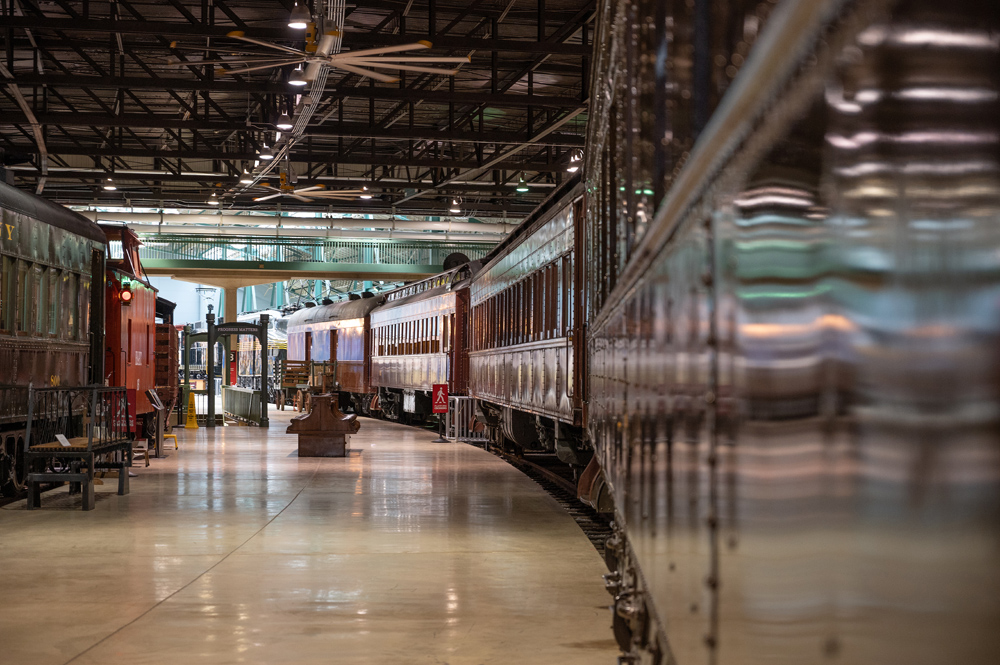
The Railroad Museum of Pennsylvania’s world class interpretation of railroading offers one of the most significant and cohesive collections, with superb restoration, and exemplary presentation for public enjoyment and education. Administered by the Pennsylvania Historical and Museum Commission, and located in Strasburg, it’s across the street from the living museum that is the Strasburg Rail Road — the two institutions complement one another.
Over 40 years, I’ve paid the museum dozens of visits, and now live nearby. I never tire of studying some of the greatest examples of past railroading on static display. There are one-of-a-kind relics that are the last examples of significant, once-numerous locomotives, ancient railcars, and obscure vestiges of railway technology. These relics are faithfully crafted into magnificent display pieces by the museum’s restoration shop.
As I’m in the finishing stages of my latest book on steam locomotives with the working title Steam by the Numbers, and on a recent visit studying Virginia & Truckee’s Mogul No. 20 Tahoe — an 1875 Baldwin on display at Strasburg — a voice spoke, “You know it’s haunted …”
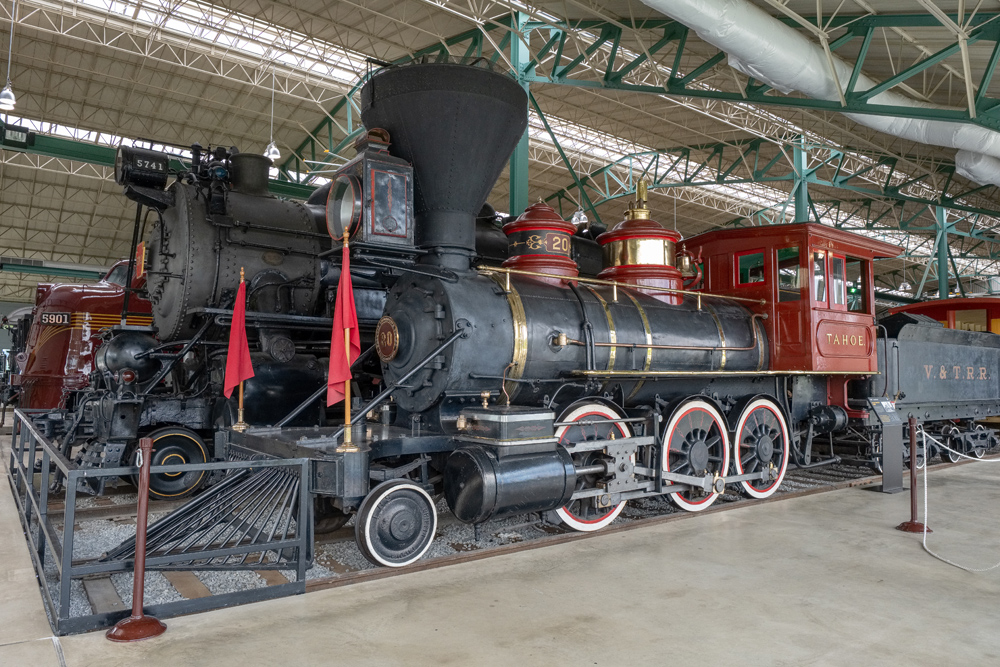
Many of these artifacts represent the bones of the railroad. Cosmetically restored, they are without the invisible animating forces key to the great railroad institution of the 19th and early 20th centuries. Before the age of the automobile, railroads had successfully harnessed steam, air, and electricity, without which these displays are motionless antique assemblies of wood, iron, and steel. To fill this void, the museum has numerous supplemental displays that include interactive exhibits and operating scale railroads. These displays are used to engage visitors while helping to tangibly translate railroading and its technology.
The former Pennsylvania Railroad air-brake instruction car — restored and fully functional — is a work of art that deciphers the intricacies of the Westinghouse automatic air-brake system. For many people this system of pumps, pipes, valves, and couplings remains a mystery. However, the core of this 19th century invention is still used to control train movements today.
The railroad in all its infinite detail fascinates me, and I’m always seeking to make it compelling for my readers. I’ve often heard the lament, “If only a locomotive could talk, imagine the stories it could tell.” Undoubtedly, those stories might be more captivating than the mere nuts and bolts of the machines. We revel in the machine displays, but wasn’t it the people that made the railroad a thriving, functioning transportation system? Isn’t the locomotive really an avatar of the engineer who, through skilled control of the throttle and valves, governs its power and direction?
Inside there is more to this museum than meets the eye. I’ve heard about apparitions in period dress on the locomotives, of shadows and mysterious people that appear in photos, and distant indistinct voices whispering mysteries in the passenger cars. I’ve not experienced anything unexplained during my visits, but I’ve had more than my share of odd encounters while working in the 1874-built former Boston & Maine station in North Conway, N.H.
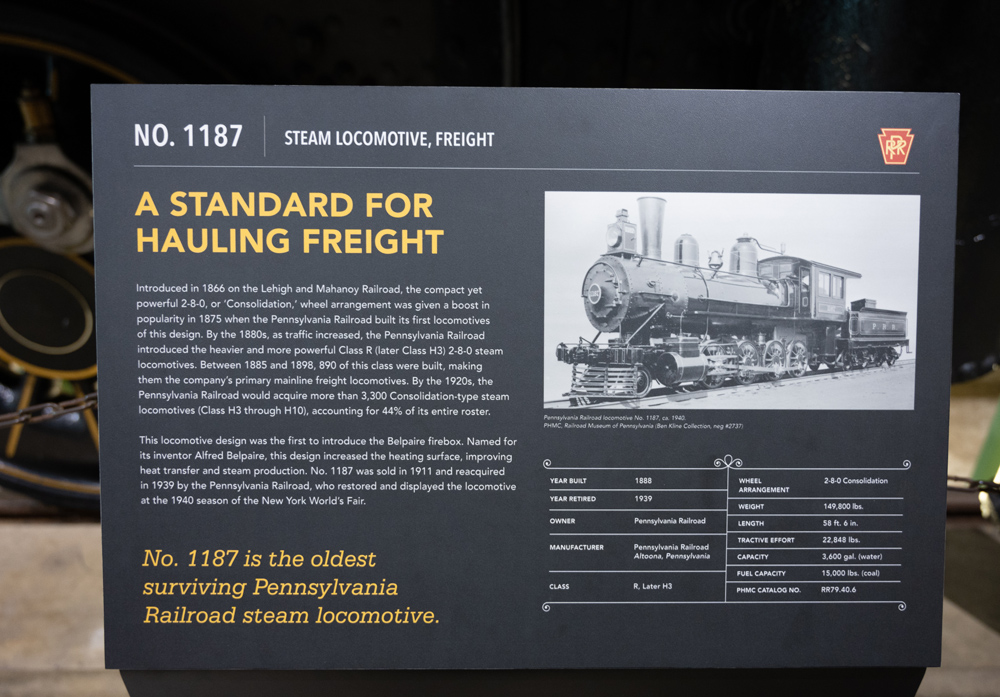 In 2018, Beverly LaGorga, a psychic and medium, and Ed Kelemen, a paranormal investigator, teamed up to document apparitions within the Pennsylvania museum. Their book The Haunted Railroad Museum of Pennsylvania is sold in the museum’s gift shop. They were drawn to several of the museum’s antique locomotives and railcars. Among these were Pennsylvania Railroad class H3 2-8-0 No. 1187, which is central to the ground floor display, and the Tahoe that sits prominently near the eastern windows. The authors opine that spirits have no energy of their own but must draw upon external energy sources. Railroads offer incredible sources of energy. “Just imagine the emotions of the thousands of people who have traveled on the trains within the museum all mixed together in one spot.” They relate myriad encounters during their study of the museum, including icy ‘cold spots’ specific to individual historic relics, and perceptions of ‘spectral passengers’ traveling in the old cars, such as former PRR No. 3556, a luxury coach built in Altoona in 1886.
In 2018, Beverly LaGorga, a psychic and medium, and Ed Kelemen, a paranormal investigator, teamed up to document apparitions within the Pennsylvania museum. Their book The Haunted Railroad Museum of Pennsylvania is sold in the museum’s gift shop. They were drawn to several of the museum’s antique locomotives and railcars. Among these were Pennsylvania Railroad class H3 2-8-0 No. 1187, which is central to the ground floor display, and the Tahoe that sits prominently near the eastern windows. The authors opine that spirits have no energy of their own but must draw upon external energy sources. Railroads offer incredible sources of energy. “Just imagine the emotions of the thousands of people who have traveled on the trains within the museum all mixed together in one spot.” They relate myriad encounters during their study of the museum, including icy ‘cold spots’ specific to individual historic relics, and perceptions of ‘spectral passengers’ traveling in the old cars, such as former PRR No. 3556, a luxury coach built in Altoona in 1886.
It has been said that “the museum is in the forever business,” preserving lifetimes of machinery and experience for future generations. By observing elements of past railroads, we perceive the way life was when railroading was the pinnacle of technology, harnessing invisible forces to carry goods and people, thus propelling a young nation into greatness. But remember that the wonderful exhibits were not always as they are today. Following years of hard service came decades of neglect. It took someone inspired to retrieve what many people dismissed as “junk” — to seek out its histories and mysteries and restore its historic appearance.
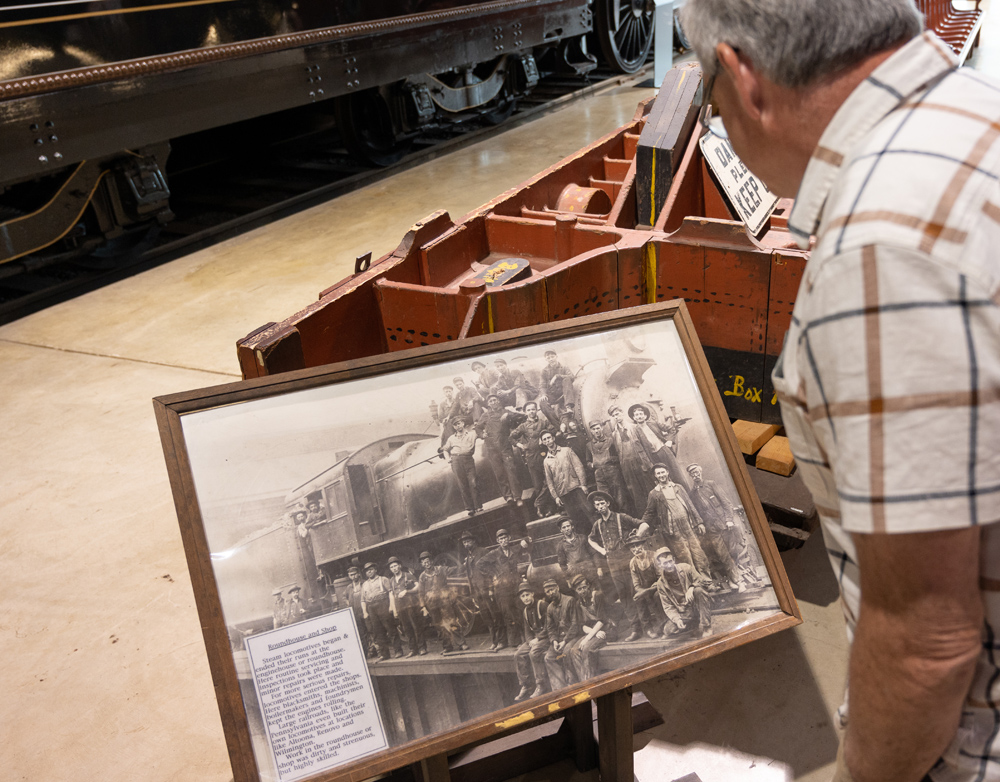 The scope of railroading can be difficult to comprehend and tends to be distilled to just a selection of artifacts with token information known about each piece. Consider that the rolling stock displayed here are just representative examples of the tens of thousands of locomotives and railcars that once provided every day transportation in the eastern United States. Old 2-8-0 No. 1187, was one of 890 similar PRR H3s, that was just one class of the more than 5,000 2-8-0s rostered by PRR over a span of half a century. The facts known about these engines have been reduced to the basics of what was recorded, like:
The scope of railroading can be difficult to comprehend and tends to be distilled to just a selection of artifacts with token information known about each piece. Consider that the rolling stock displayed here are just representative examples of the tens of thousands of locomotives and railcars that once provided every day transportation in the eastern United States. Old 2-8-0 No. 1187, was one of 890 similar PRR H3s, that was just one class of the more than 5,000 2-8-0s rostered by PRR over a span of half a century. The facts known about these engines have been reduced to the basics of what was recorded, like:
- Dates
- Location
- Companies that built them
- Statistics about their weight
- Specific dimensions for drive wheels, cylinders, and firebox
We know precious little about the railroaders that spent their lives working on these machines, their daily joys and sadness. How many thousands of people made journeys on old No. 3556? And in the thousands of passenger cars like it?
So, visit the museum and seek out the invisible … Oh, and the ghost inhabiting Tahoe is called ‘Ralph.’ Go to www.rrmuseumpa.org for information.
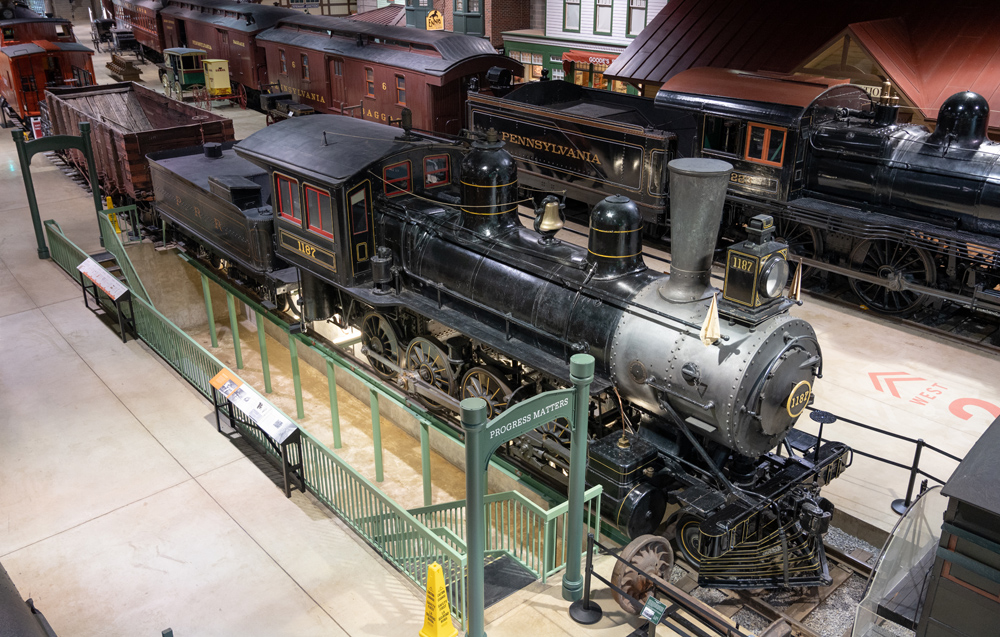










Great article. I was stationed in New Jersey several years ago, and I really enjoyed visiting the museum during weekend visits to Strasburg. We would often take our daughter to the museum and to ride the Strasburg Railroad. Everything inside and out was well-maintained and easy to access. Didn’t see or hear anything otherworldly, though. The article brought back many good memories. Thanks.